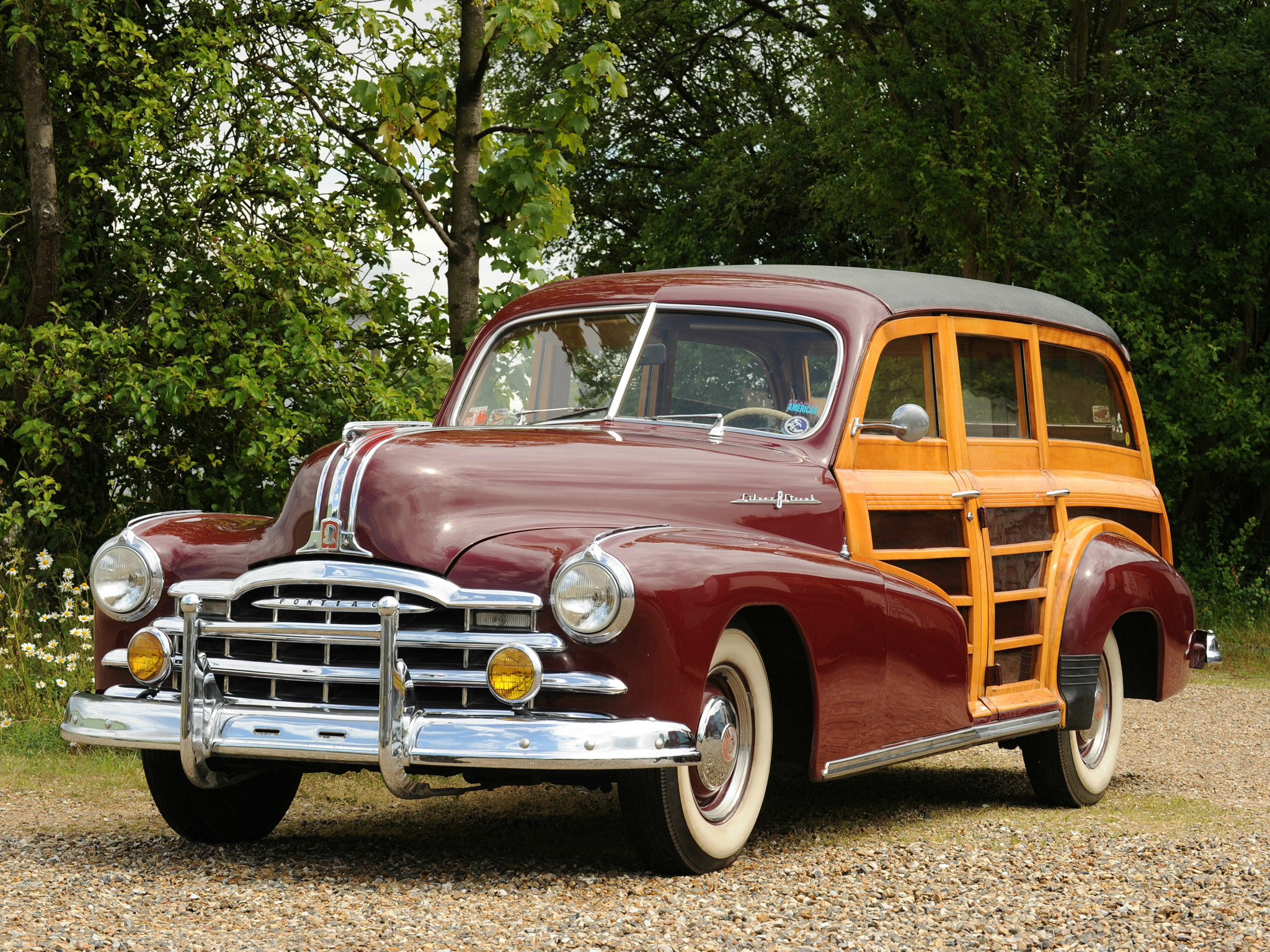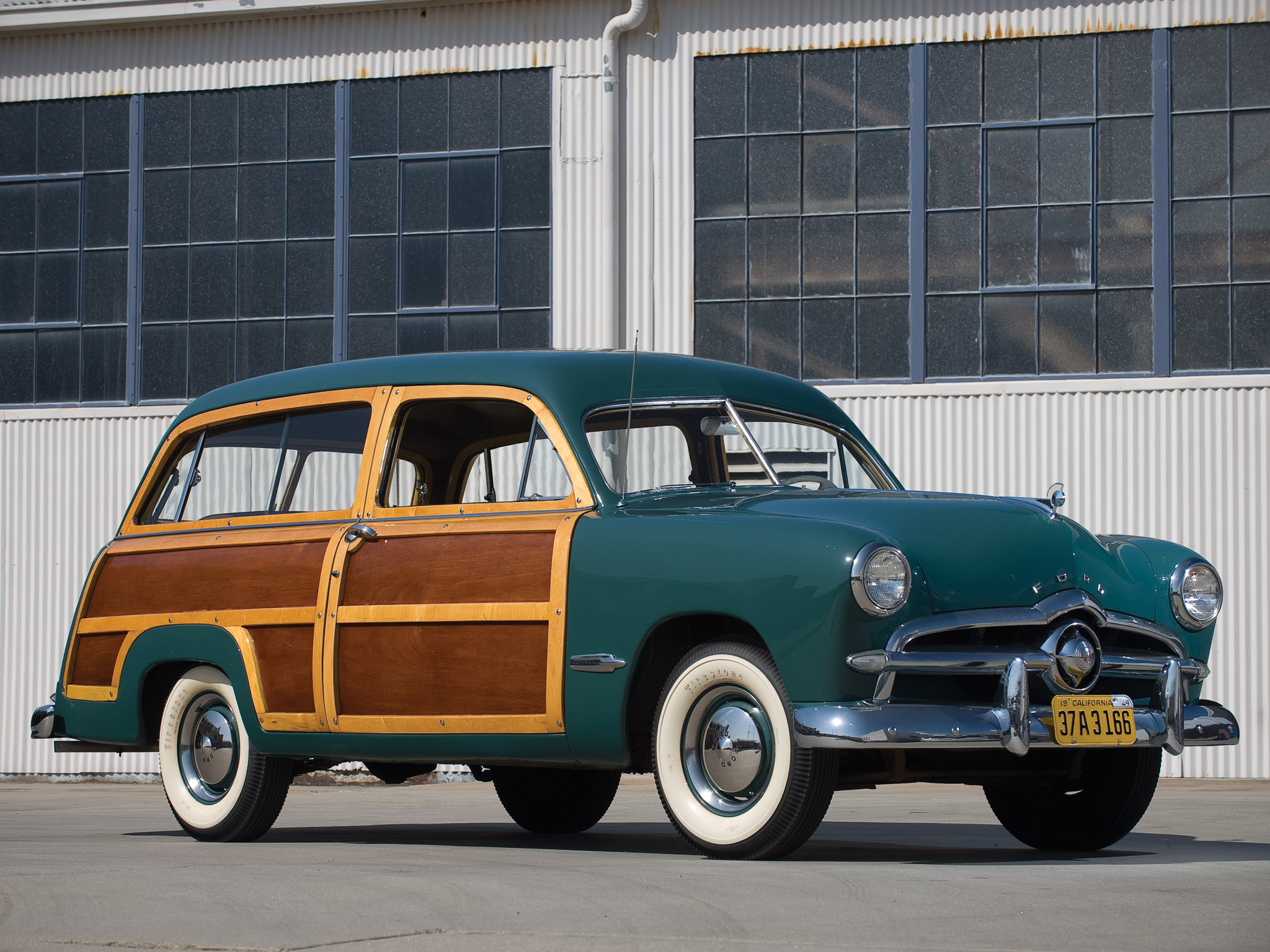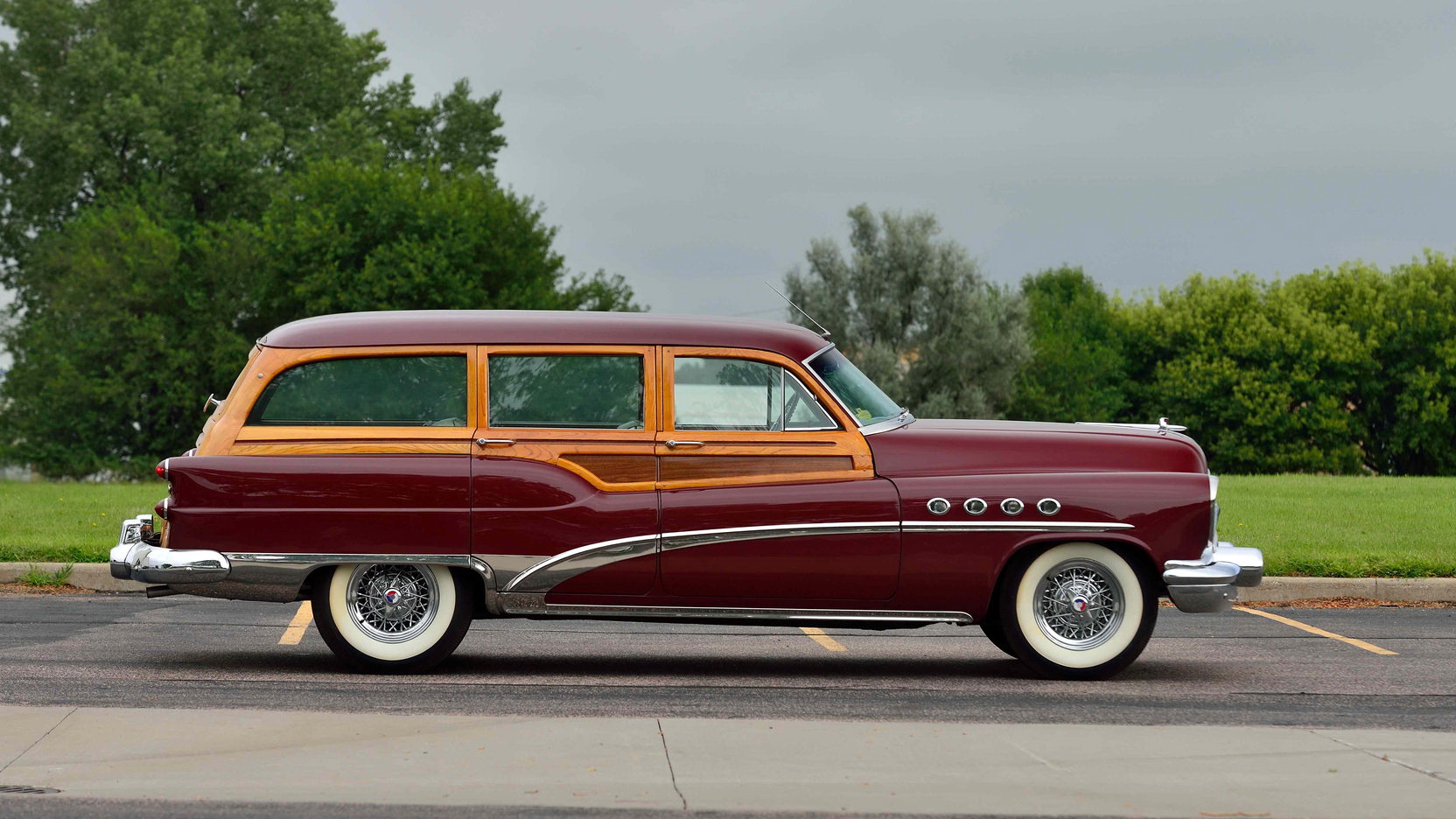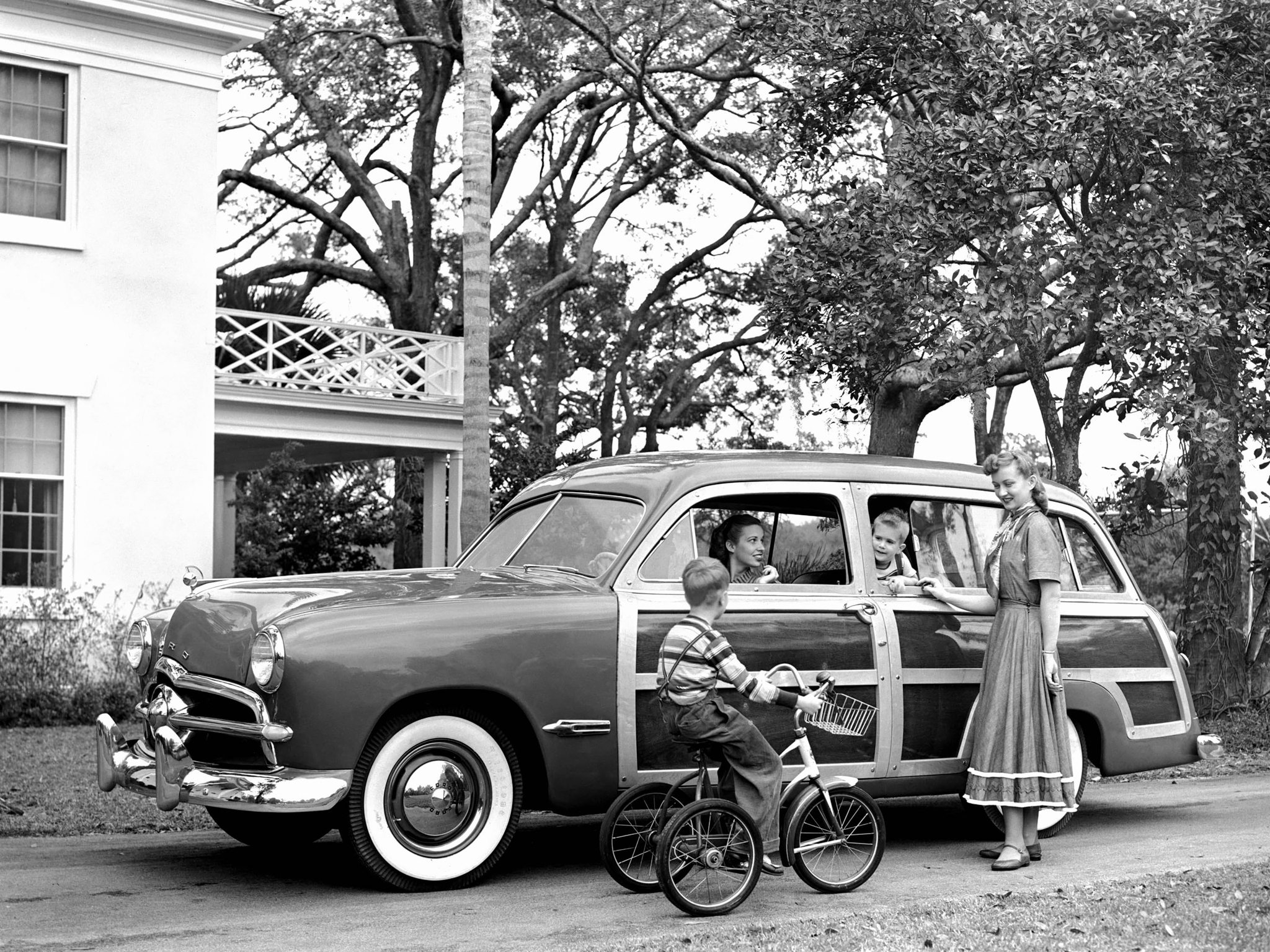Wood? It will return
In a world returning to nature, wood and cars will rediscover each other again.
Photo credit: RM Sotheby’s, Mecum, Wheelsage
To understand the phenomenon of “woody cars” it’s necessary to take a few steps back to the beginning of the last century when the first automobiles, primarily motorized carriages, were commonly made out of wood. Then Henry Ford came along with his mass-produced vehicles made out of steel, but this did not herald the end of wood.
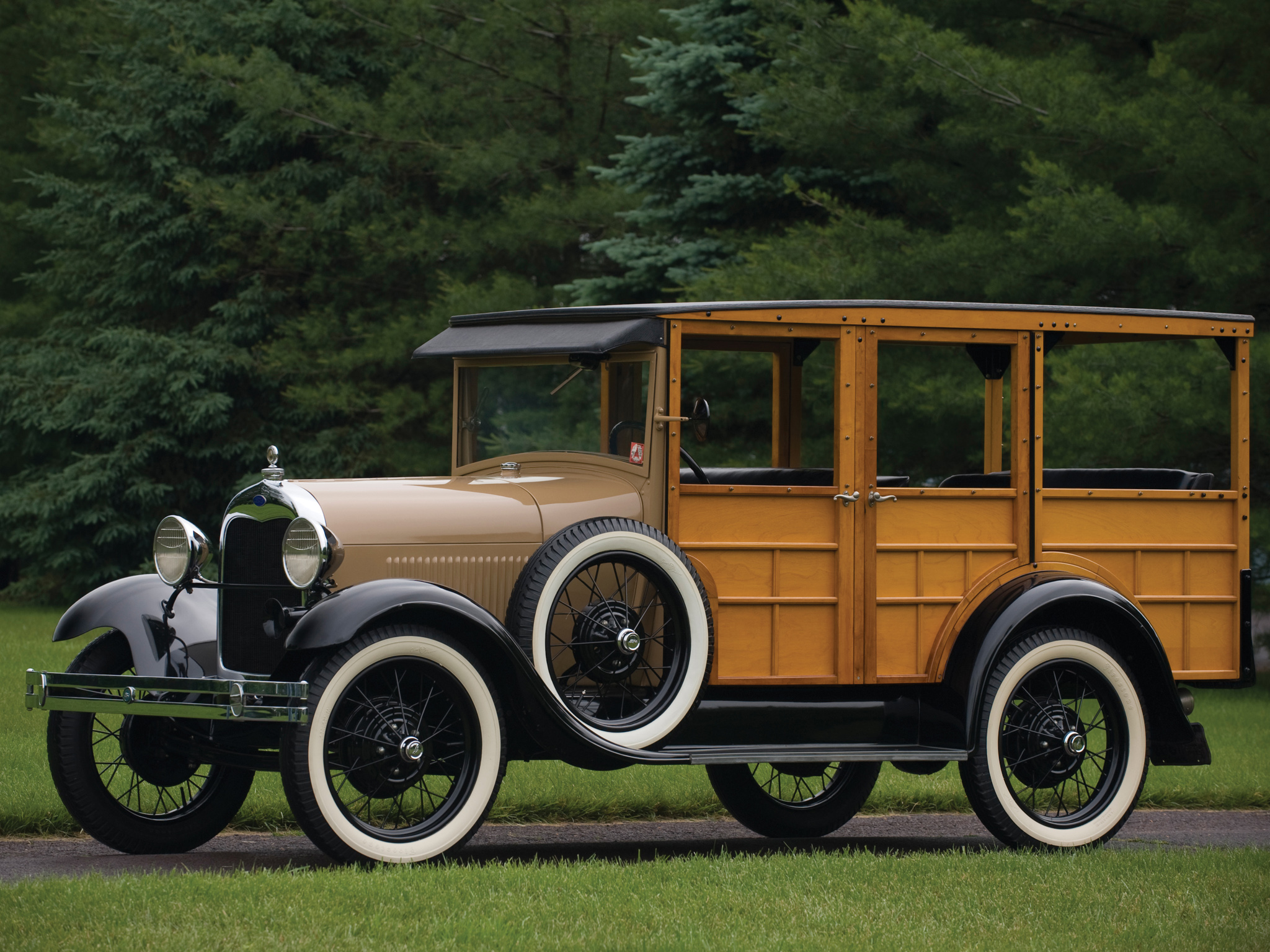
Indeed, the first mass-produced “woody” was a Ford, the 1929 Model A, which introduced a style that would last for the next 25 years. Henry Ford firmly believed that wood had a significant role to play in the automobile market, so much so that, in 1936, he bought a vast area of timberland in Michigan’s Iron Mountain region, rich in forests and ready to meet the demand for the construction of the body panels, which were then shipped to factories across the country for final assembly.
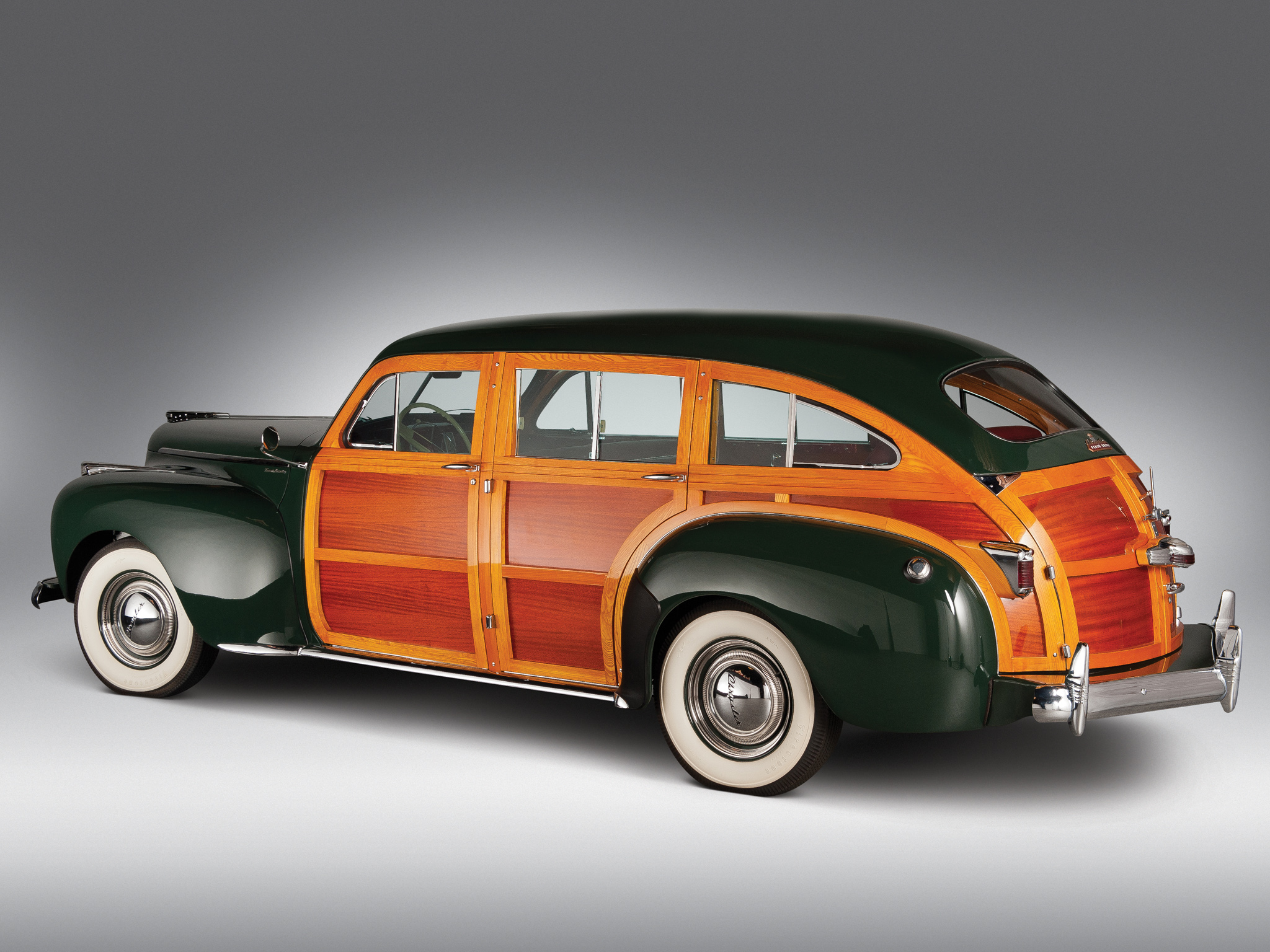
The wooden station wagon derived from the need to combine beauty and utility on cars intended primarily for multi-purpose use. In 1940, Ford sold around 10,000 station wagons with wooden bodywork out of over 500,000 cars produced. A small minority but a very significant and well-received one, so much so that at the end of the World War, a fierce competition ignited between Ford, with its Sportsman and Chrysler with its Town & Country line, with “woody cars” positioned at the very top of the ranges. These magnificent station wagons were seen by the public as a symbol of realizing the American dream: a smiling wife, happy children, dog in tow and freedom.
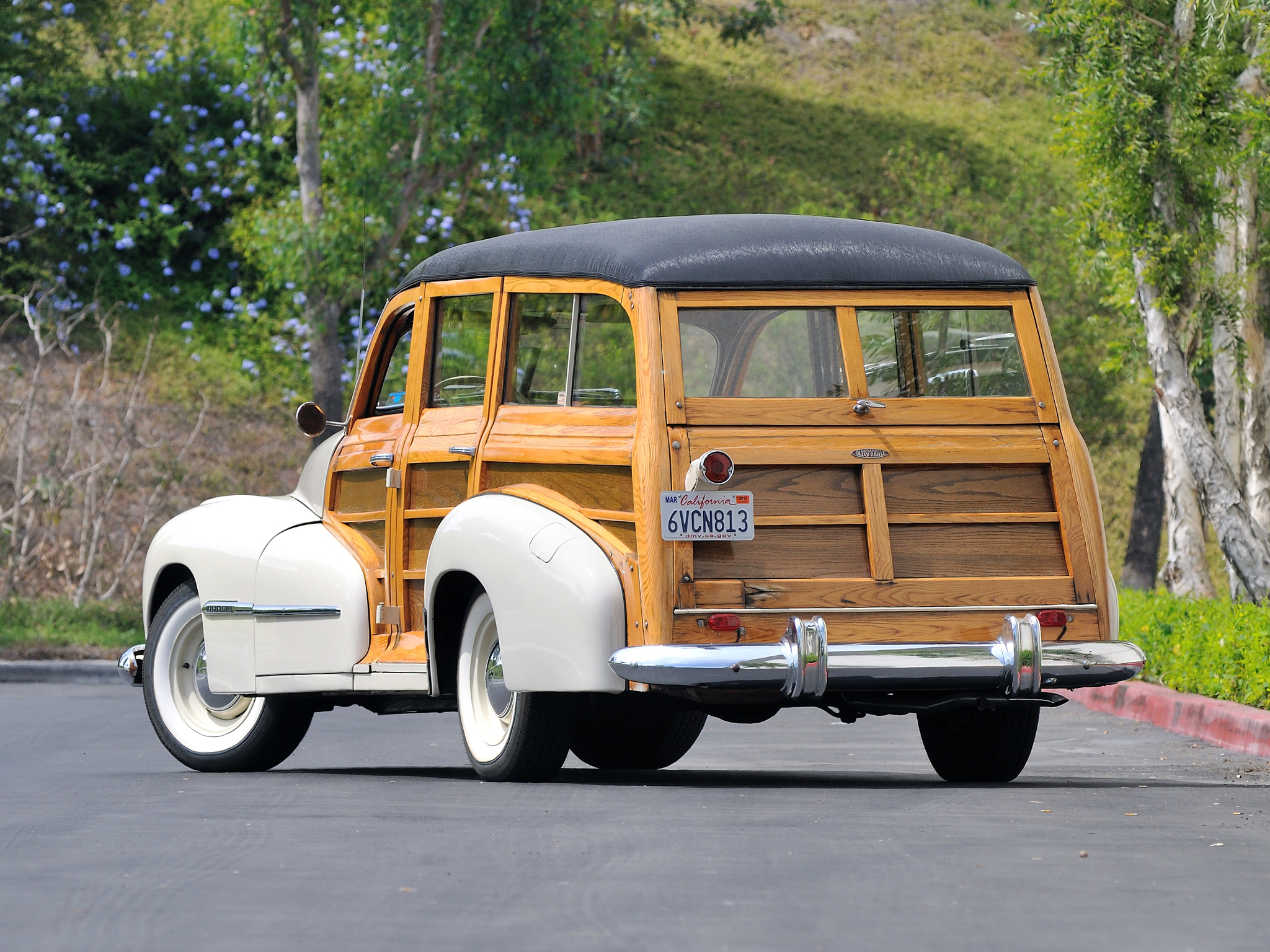
The beginning of the decline in interest for woody cars came as a result of the continuous increase in production costs, mainly due to the fact that the wood was being treated by hand. The design and production of automobiles, as well as the public tastes of car buyers, changed as the opulence of the post-war boom flourished. New codes and new lifestyles turned this market into a romantic segment. The great car manufacturers abandoned these models: the ‘last model produced’, in chronological order, was the Buick Roadmaster in 1953.
And now that we finally understand just how important nature is, who will be the first car maker to propose a car made from wood?
